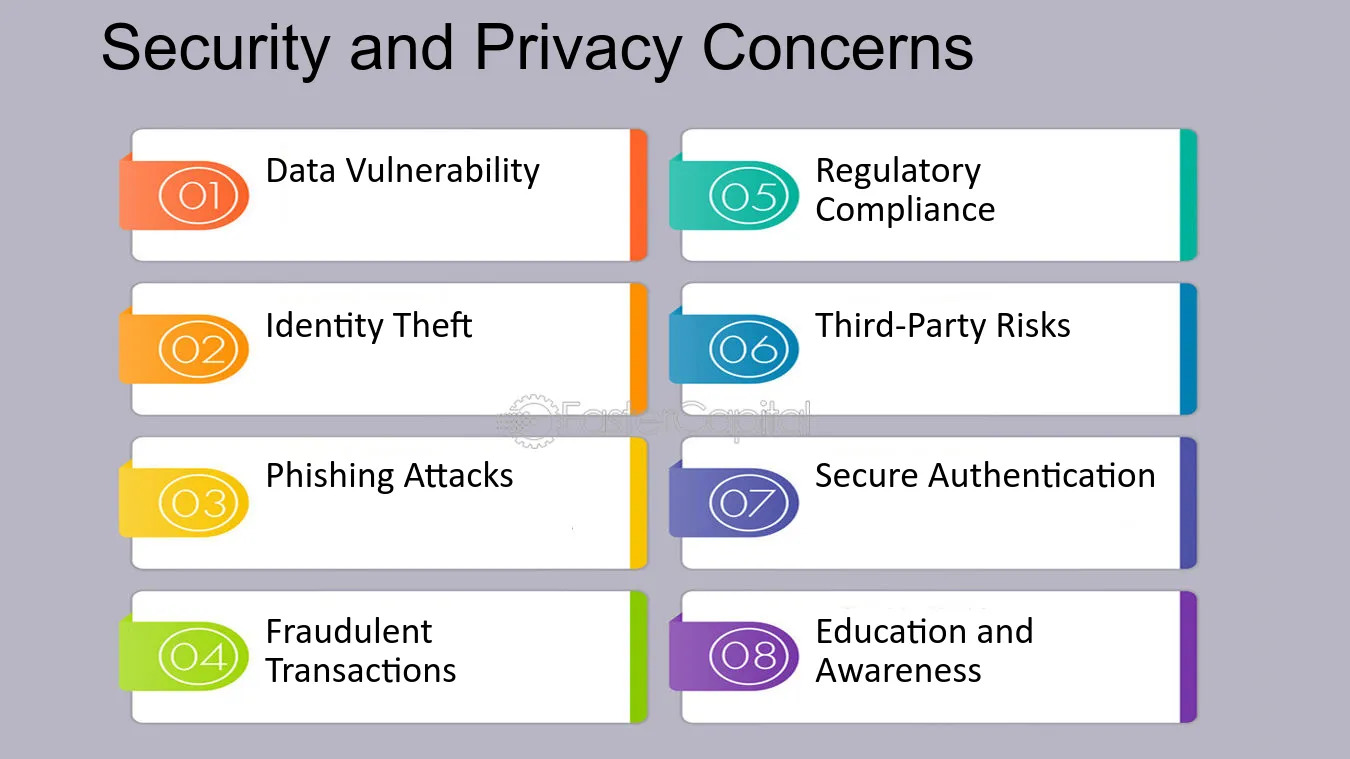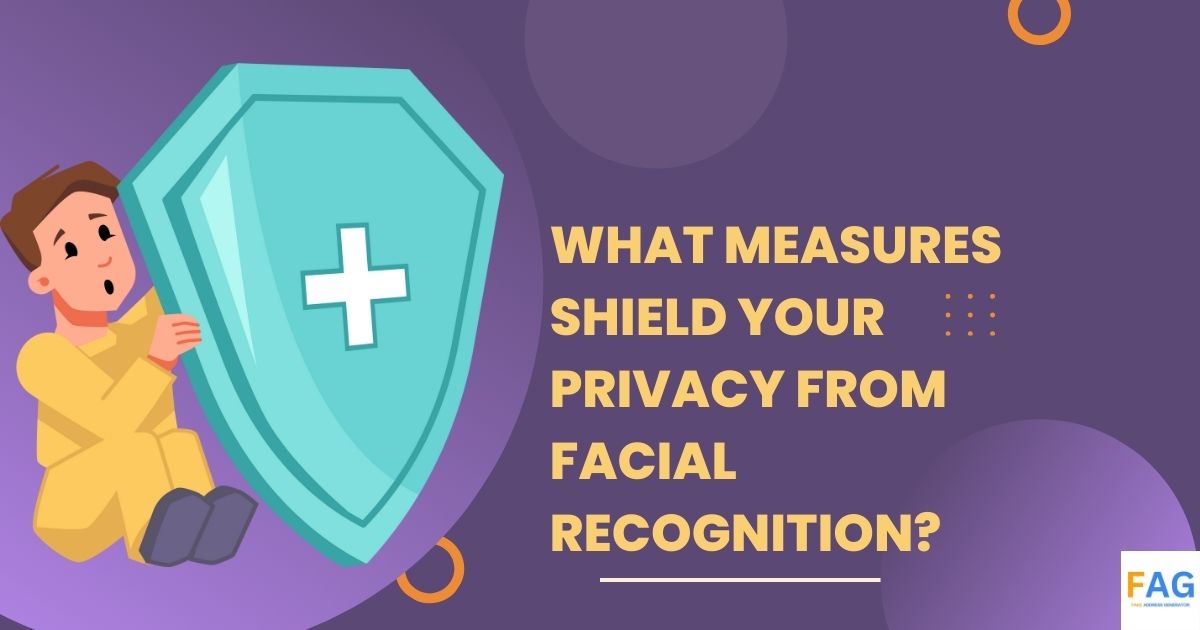Facial recognition technology is becoming increasingly ubiquitous in our daily lives. From unlocking our smartphones to security cameras in public spaces, our faces are being scanned and analyzed more than ever before.
While facial recognition software can be useful for identifying criminals and enhancing security, it also raises significant privacy concerns. So, what measures can individuals take to protect their privacy from facial recognition?

While face recognition software can be useful for identifying criminals and enhancing security, it also raises significant privacy concerns. While this may not be practical in all situations, it can be an effective way to prevent facial recognition technology from identifying you.
Additionally, individuals can opt-out of facial recognition programs offered by companies like Facebook and Google at the airport, subject to verification. This can be done by adjusting the settings in your account to disable facial recognition.
Another measure that can be taken is to use facial recognition-blocking software , and you can explore further strategies to protect your privacy against facial recognition. Some apps and browser extensions can prevent facial recognition technology from identifying you. However, it is important to note that these tools are not foolproof and may not work in all situations. As technology continues to evolve, so too must our efforts to protect our privacy.
Understanding Facial Recognition Technology
Facial recognition technology (FRT) is a type of artificial intelligence (AI) that utilizes machine learning and biometric data to identify individuals based on their facial features. FRT works by analyzing and comparing unique facial features, such as the distance between the eyes, the shape of the jawline, and the contours of the nose, to a database of known faces.
The Mechanics of Facial Recognition
FRT uses a complex algorithm to analyze and compare facial features. The algorithm converts the facial features into a mathematical representation, which is then compared to a database of known faces. If a match is found, the system will identify the individual.
Facial recognition technology has a wide range of real-time applications, from enhancing security to improving customer experiences. However, the accuracy of FRT can vary depending on a number of factors, such as lighting conditions, camera quality, and the angle of the face.
Applications and Implications
Facial recognition technology has a wide range of applications, from enhancing security to improving customer experiences. For example, businesses can use FRT to identify repeat customers and offer personalized recommendations based on their previous purchases.
However, the use of FRT also raises a number of ethical and legal concerns. One major concern is the potential for bias and misuse. For example, FRT has been shown to be less accurate when identifying individuals with darker skin tones, which could lead to racial profiling and discrimination.
Privacy Concerns and Potential Risks

Another major concern with FRT is the potential for privacy violations. Facial recognition technology can be used for surveillance and tracking, which raises concerns about government overreach and abuse of power in identifying people. Additionally, FRT could be used for identity theft or other forms of cybercrime if the data is not properly secured.
To address these concerns, many countries have implemented regulations and compliance standards for the use of FRT , and you can read more about the details on global privacy regulations. For example, the European Union’s General Data Protection Regulation (GDPR) requires companies to obtain explicit consent from individuals before collecting and processing their biometric data. However, there is still a long way to go to ensure that FRT is used ethically and responsibly.
Protective Measures and Best Practices

Facial recognition technology is becoming increasingly prevalent in our daily lives, and it is important to take measures to protect your privacy in data storage. The following subsections outline some of the best practices and protective measures that individuals can take to safeguard their privacy against facial recognition technology.
Legal Framework and Compliance
One of the most important protective measures for privacy against facial recognition technology is ensuring that it is used in compliance with relevant data privacy laws and regulations.
The General Data Protection Regulation (GDPR) is a good example of such a law. It requires that organizations obtain explicit consent from individuals before collecting and processing their personal data, including biometric data such as facial recognition data.
Organizations must also provide transparency and accountability in their use of facial recognition technology, including informing individuals about the purpose and scope of the technology and how their data will be used.
| Country/Region | Regulation/Act | Key Details |
|---|---|---|
| European Union | Draft Artificial Intelligence Act | Proposes restrictions on public facial recognition use. |
| United States | Local Bans | Some cities have banned law enforcement use of facial recognition. |
| Illinois, USA | Biometric Information Privacy Act | Requires consent for collecting biometric data, including facial recognition. |
Technological Safeguards
Encryption and access control are two technological safeguards that can help protect against facial recognition technology, a subset of biometric technology. Encryption can be used to protect facial recognition data at rest and in transit, while access control can be used to limit who has access to the data.
Anonymization is another safeguard that can be used to protect privacy. By removing personally identifiable information from the data, it becomes much more difficult to identify individuals using facial recognition technology.
Individual Rights and Consent
Individuals have the right to control their personal data, including biometric data such as facial recognition data. This includes the right to give or withhold consent for the collection and processing of their data, as well as the right to access and correct their data.
Organizations should obtain explicit consent from individuals before collecting and processing their facial recognition data. They should also provide individuals with the ability to opt-out of such collection and processing.
Video Guide
Frequently Asked Questions
How can individuals safeguard their privacy against facial recognition technology?
Individuals can take several measures to safeguard their privacy against intrusive facial recognition technology. One of the most effective ways is to avoid sharing photos of themselves online, especially on social media platforms.
Additionally, individuals can use privacy-focused search engines, such as DuckDuckGo, to avoid being tracked online. It is also recommended to use a virtual private network (VPN) to encrypt internet traffic and prevent third-party surveillance.
What are the legal protections in place for privacy against facial recognition?
There are currently limited legal protections in place for privacy against facial recognition. However, some countries and states have implemented regulations to limit the use of facial recognition technology.
For example, the European Union’s draft Artificial Intelligence Act proposes to restrict public facial recognition use. In the United States, some cities have banned the use of facial recognition by law enforcement agencies.
What types of face coverings are effective in evading facial recognition systems?
Face coverings that effectively obscure facial features, such as masks, scarves, or bandanas, can be effective in evading facial recognition systems. However, some facial recognition algorithms have been designed to recognize individuals wearing masks, so be cautious.
How does anti-facial recognition makeup work to protect privacy?
Anti-facial recognition makeup is designed to disrupt facial recognition algorithms by altering the appearance of facial features. This can be achieved by using bold, contrasting colors around the eyes and nose, or by applying asymmetrical patterns to the face. However, the effectiveness of anti-facial recognition makeup can vary depending on the specific algorithm being used.
What are the potential privacy risks associated with facial recognition data breaches?
Facial recognition data breaches can result in the exposure of sensitive personal information, including biometric data, which can be used to identify individuals. This can lead to identity theft, financial fraud, and other forms of cybercrime. Additionally, facial recognition data breaches can compromise the privacy of individuals who have not consented to the use of their biometric data.
Are there any specific eyewear products designed to thwart facial recognition?
Some eyewear products are designed to thwart facial recognition systems. For example, there are reflective glasses or glasses with infrared LEDs. These products work by reflecting or emitting light in a way that disrupts the facial recognition algorithm’s ability to identify key facial features. However, the effectiveness of these products can vary depending on the specific algorithm being used.










